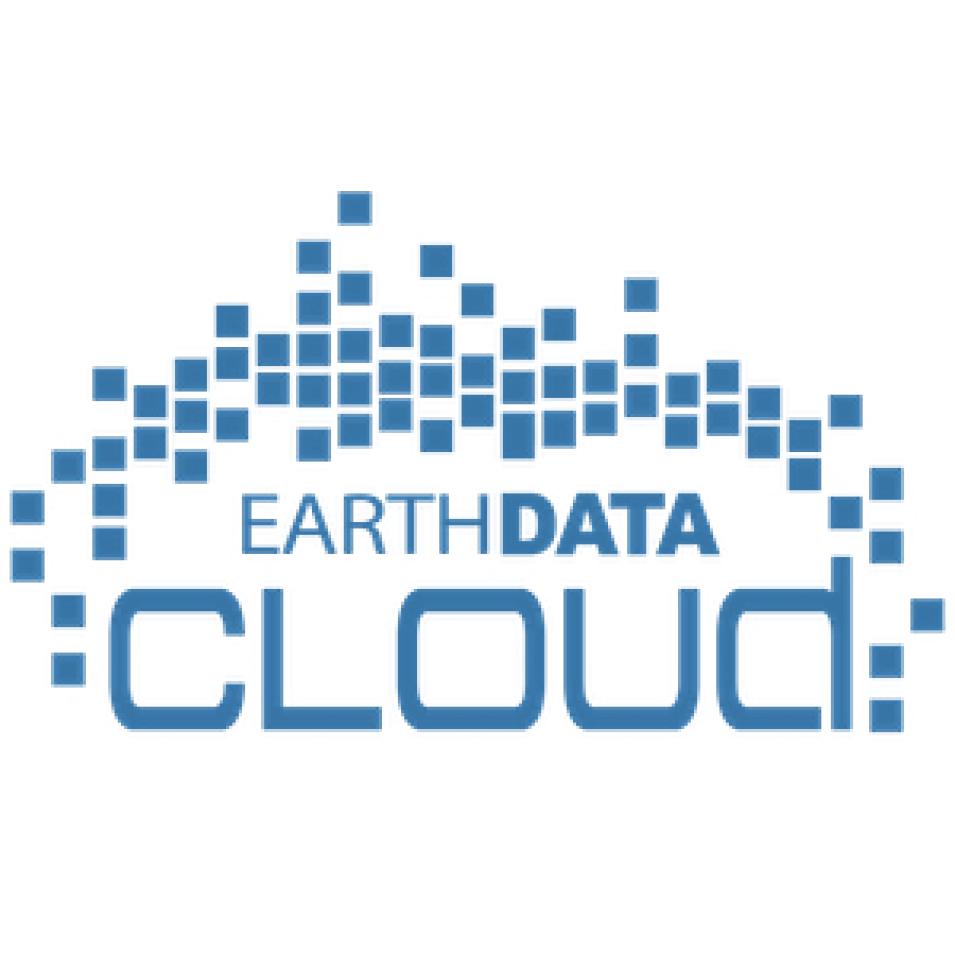NASA's Physical Oceanography Distributed Active Archive Center (PO.DAAC) has announced that all of its data are now being distributed via the Earthdata Cloud and its on-premises data access tools and services have been retired.
PO.DAAC sent a final notification to users who were subscribed to the PO.DAAC email list to make them aware of these changes and also notified users who were not subscribed to the PO.DAAC email list but who were using tools for accessing data. The DAAC is actively tracking and resolving all user inquiries related to the shutdown. To ensure a successful transition for all users, PO.DAAC recommends the use of the PO.DAAC in the CLOUD Forum as the primary entry point for addressing technical issues and concerns. In addition, PO.DAAC's User Services team is also standing by to answer questions.
PO.DAAC is the second DAAC to be 100% cloud-based, and follows NASA's Global Hydrometeorology Resource Center DAAC (GHRC DAAC). Migrating data to the cloud benefits users by giving them new ways to access NASA’s collection of Earth science datasets, improves the efficiency of data systems operations, increases user autonomy, maximizes flexibility, and offers shared services and controls.
The Earthdata Cloud architecture went operational in July 2019 and key NASA Earth Observing System Data and Information System (EOSDIS) services, such as NASA's Common Metadata Repository (CMR) and Earthdata Search, were migrated to the cloud. Efforts to increase the amount of data and services available in the cloud are continuing.
For more information and resources about working with PO.DAAC-distributed data in the cloud, visit the PO.DAAC Cloud Data website.
